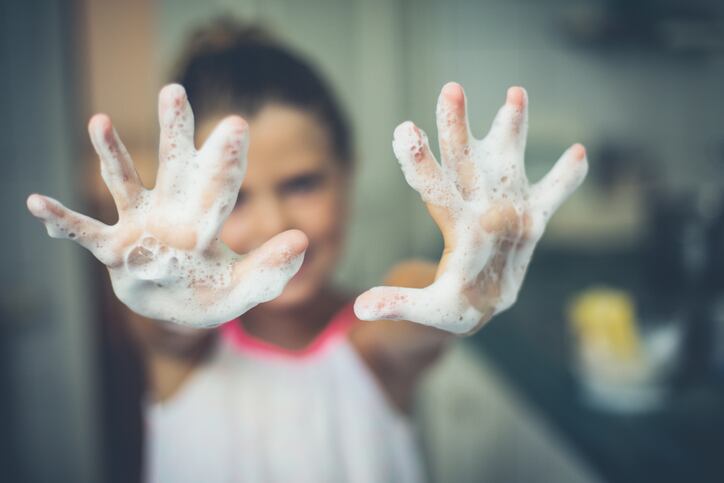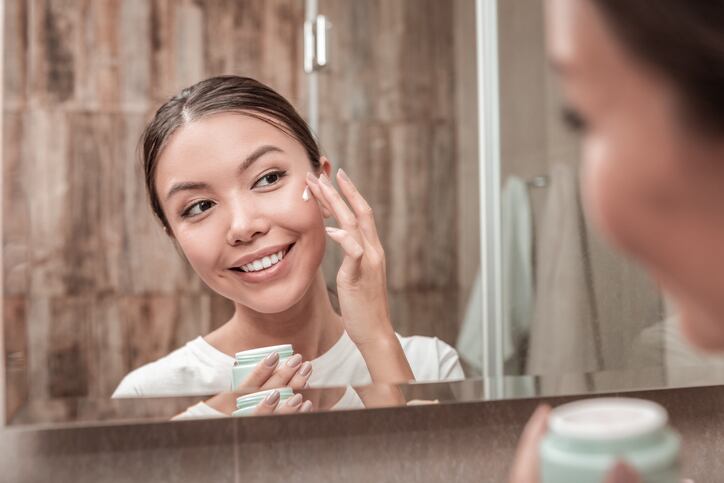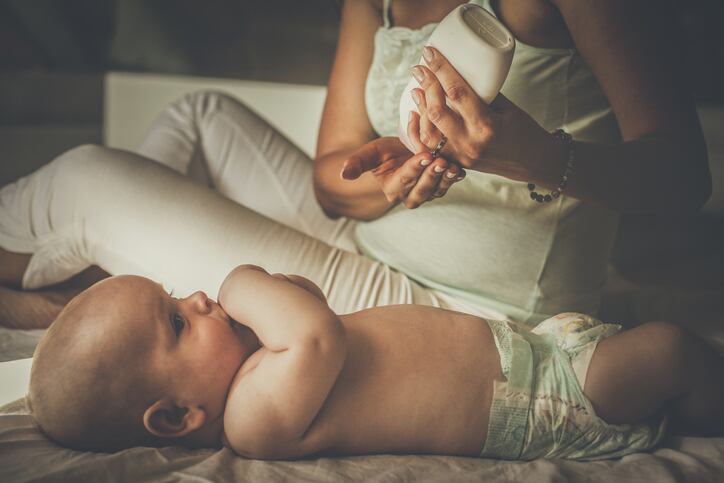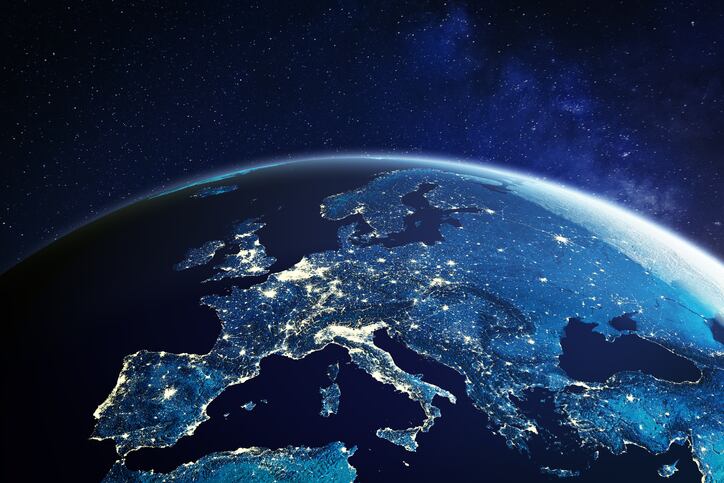The global rankings – based on data from the 52-week period ending October 2020 – partly followed trends seen in last year’s 2020 Brand Footprint that tracked 2019 data, but this time hygiene-led brands stole the show.
Top 50 FMCG brand rankings in the world
Each year, international consumer knowledge specialist Kantar releases its Brand Footprint report under its Worldpanel division, ranking the top 50 most chosen fast-moving consumer goods (FMCG) brands in the world, with category and regional breakdowns.
In this year’s 2021 report*, beauty and personal care brands featured strongly in the top 50 list, with 15 total, four of which made it into the top ten: Colgate (no.2); Lifebuoy (no.3); Dove (no.8); and Sunsilk (no.9).
Within beauty and personal care, Colgate held its top spot as the most-chosen brand in the world for another year. The next nine most-chosen beauty and personal care brands globally were: Lifebuoy, Dove, Sunsilk, Lux, Dettol, Head & Shoulders, Pepsodent, Nivea and Rexona.
The Top 10 beauty and personal care rankings in Europe remained unchanged from last year, with Nivea ranked the most-chosen brand, followed by Colgate, Dove, Garnier, Always, Gillette, Rexona, Oral-B, Palmolive and Schwarzkopf.
*The 2021 report rankings were calculated looking at brand penetration [number of households reached] and consumer reach points [number of brand choices made globally based on number of households in a country, percentage of households purchasing a brand, and number of brand interactions across categories in a year combined]. Data was compiled from 52 countries, representing 74% of the world population and 85% of global Gross Domestic Product (GDP), and spanned 22,900 brands in total.
‘Very impressive’ hygiene hike – Lifebuoy and Dettol ‘fastest-growing brands’ in the world
Benjamin Cawthray, global thought leadership director at Kantar Worldpanel, said this year’s report showed some clear pockets of growth, notably hygiene, within the beauty and personal care category that was otherwise largely flat. Lifebuoy and Dettol, for example, were the two fastest-growing brands across the entire FMCG category in the research period.
“Dettol does play in home care as well, but a lot of their brand choices were from the health and beauty side,” Cawthray told CosmeticsDesign-Europe.
“And the other fastest-growing brand was Lifebuoy. One grew faster in percentage terms but in actual terms, they grew at a similar rate. It’s very impressive growth, and Lifebuoy – within the top 50 – moved from fifth place to third place. It doesn’t sound like much but the movements in the top ten are very limited,” he said.
Lifebuoy was now chosen by more than 339 million consumers worldwide and last year reached more shoppers than it had ever done before, he said, largely driven by a strong uptick in Asia-Pacific, India and Bangladesh more specifically.
‘Remarkable’ performance from Dove despite health and beauty downturn
“…Aside from the likes of Lifebuoy, Dettol and Safeguard, what we’d generally classify as the beauty-type brands didn’t do as well,” Cawthray said.
In a separate 2021 Kantar report tracking the impact of COVID-19 across key segments in omnichannel, findings showed beauty and personal care remained flat as a category during 2020, declining -0.1% in value terms during the year; a stark contrast when compared to 11.4% growth for food; 10.3% growth for dairy; 9.8% growth for home care; and 8.6% growth for beverages.
“Bear in mind in 2019 health and beauty was the fastest-growing sector in FMCG; it’s quite a swing,” he said.
“The slowdown is driven by usage of the products, because with the [COVID-19] restrictions that have been in place to varying degrees across the world we’ve been going out less, socialising less, and those triggers had a huge impact. The categories we saw the biggest decline in across all FMCG were beauty categories – makeup, sun protection and fragrances all saw declines last year.”
Coming back to the Brand Footprint findings, Cawthray said that despite these wider value declines, there was one “standout” brand in consumer choice terms across beauty and personal care.
Whilst beauty brands like Sunsilk, Head & Shoulders and Nivea shrank in consumer reach point terms, Unilever’s Dove brand continued to grow, he said, making it one of only three brands to do so every year since the beginning of the Brand Footprint report.
“Dove is the third most-chosen health and beauty brand and I was impressed with their performance given the slowdown of what we class as more beauty-focused brands. What they’ve managed to do is grow in their three biggest markets. Whilst they’ve seen decline in others, they’ve still seen growth in India, really strong growth in the USA and still saw growth in Brazil. Those are their three biggest markets and they saw growth in all three, which was remarkable,” Cawthray said.
What further helped Dove cushion the blow in the wider beauty and personal care flatness, he said, was its portfolio breadth as it covered such a variety of products, from skin care and deodorants through to baby care.
Beauty should ‘bounce back’ – Asia and online push to prove key
Cawthray said as countries started to ‘open up’ again and transition out of COVID-19 restrictions, the beauty and personal care category would “bounce back”.
“I still think Asia will be the drive for it globally, but I think Europe will hopefully be a key part of it too (…) The freedom to go out and see people and have an occasion where we wear makeup, fragrances, or brush our teeth before going out again – all of that, I think, will revive the sector,” he said.
For beauty and personal care brands in Europe, online would also prove key to future success, he said, given there was plenty of room to grow here. Online represented just 9% of total FMCG spend and 8% total spend in health and beauty across Europe; this compared to online representing 22% of FMCG spend and 40% of health and beauty spend in Asia.
“I think there are huge opportunities for health and beauty online and more so in Europe where online is currently lower than what we’d probably expect it to be, compared to other regions,” he said.




